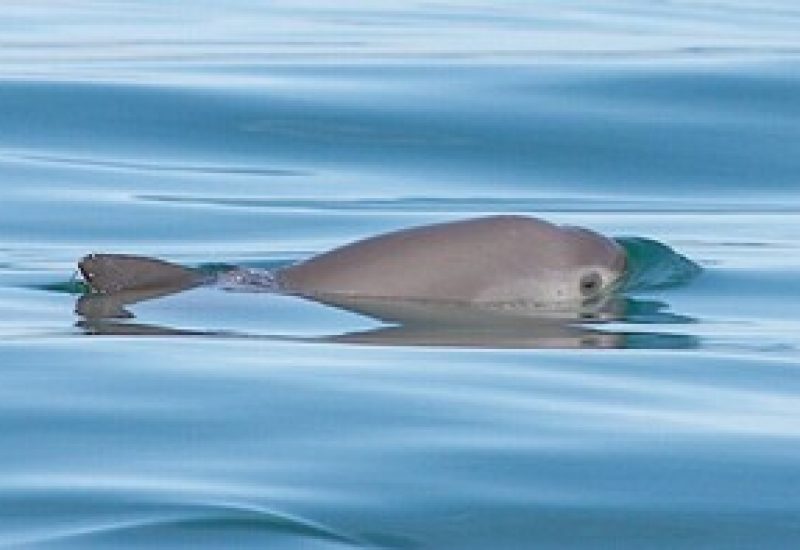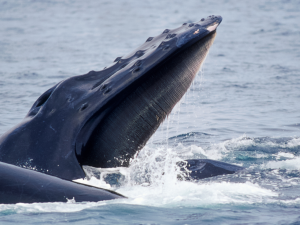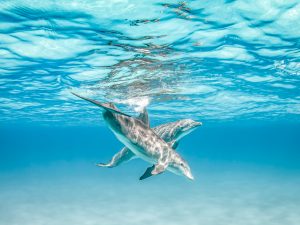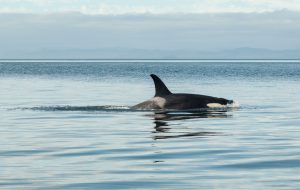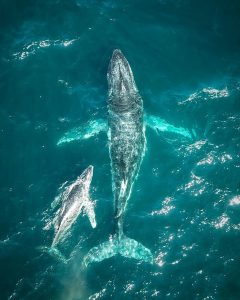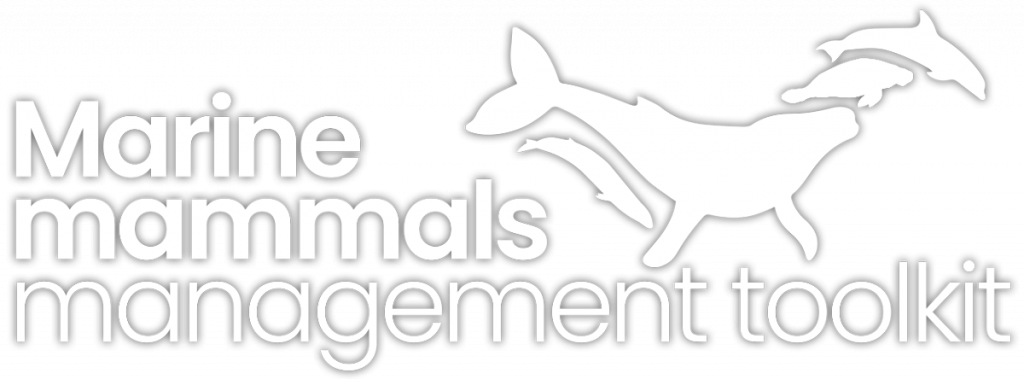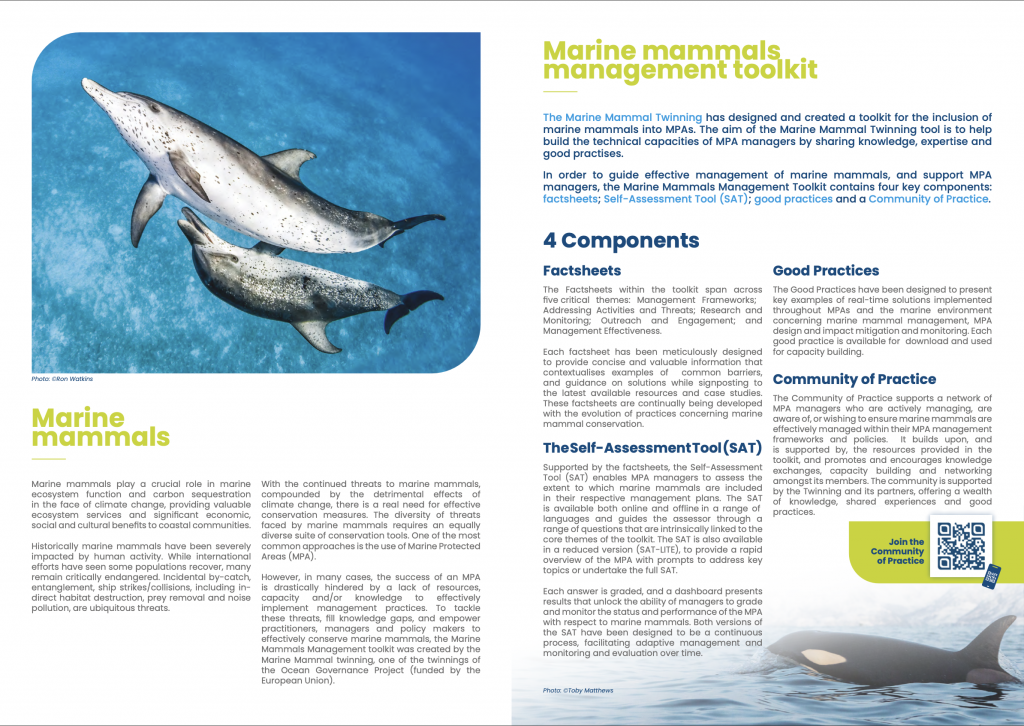Scientific Committee issues first ever extinction alert:
grave concern for the survival of the vaquita porpoise
“Despite nearly thirty years of repeated warnings, the vaquita hovers on the edge of extinction due to gillnet entanglement.”
The plight of the vaquita porpoise has led the Scientific Committee of the IWC to issue its first ever Extinction Alert. The vaquita is a small porpoise found only in the Gulf of California, Mexico. There are about 10 surviving individuals and the Scientific Committee is speaking out now because it believes extinction is not yet inevitable. Despite the very low number of surviving animals, 100% enforcement of a ban on gillnets in their core habitat would still give this small but resilient porpoise a chance of recovery.
The Committee has provided advice on all aspects of cetacean science since the IWC was established in 1946. It is made up of around 200 world-leading scientists who have recently reached the sombre conclusion that a new mechanism is needed to voice extinction concerns for an increasing range of cetacean species and populations.
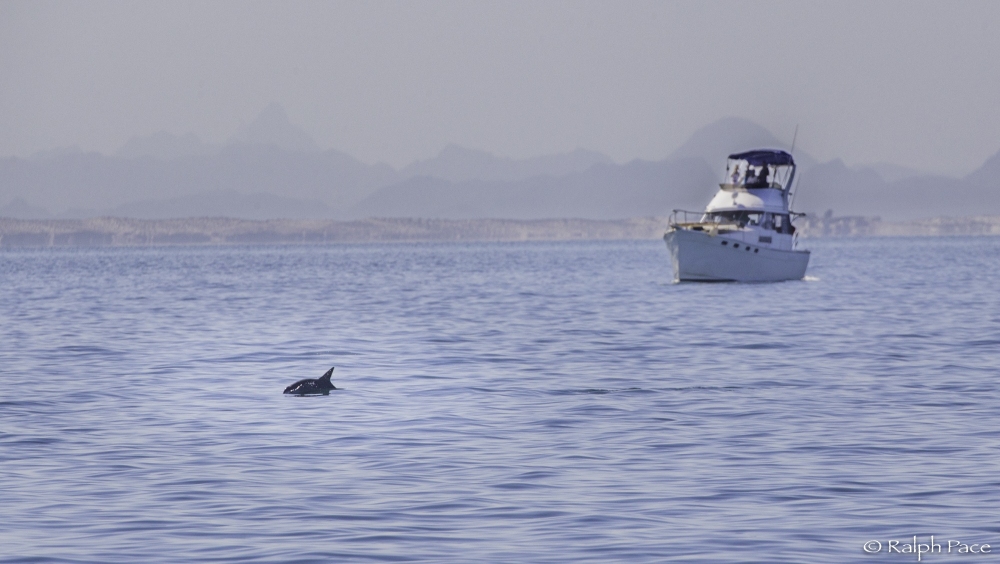
Fig. 1. Lone vaquita, monitored from a distance by the research vessel Wanderlust. Credit: Ralph Pace, Vaquita CPR
This first Extinction Alert statement is issued today in order to encourage wider recognition of the warning signs of impending extinctions, and to generate support and encouragement at every level for the actions needed now to save the vaquita. The statement says:
“The decline of the vaquita has continued despite a very clear understanding of both the cause (bycatch in gillnets) and the solution (replacement of gillnets with safe alternatives in the vaquita habitat).”
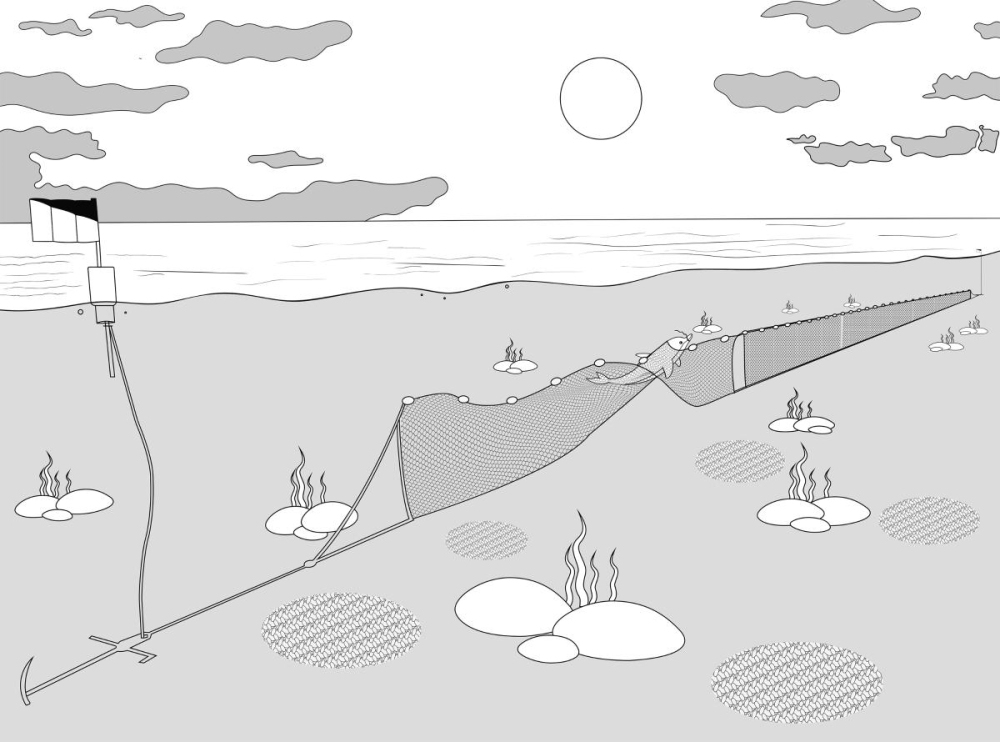
Fig. 2. Gillnets trap cetaceans and prevent them from reaching the surface to breathe. Bycatch in fishing gear is estimated to kill 300,000 cetaceans a year. Credit: IWC
The Committee points to lessons that can be learned, particularly the need for early and multi-disciplinary actions that look beyond the immediate conservation concern to address wider factors, but today their focus is the clear, single action needed now to save the vaquita.
“The extinction of the vaquita is inevitable unless 100% of gillnets are substituted immediately with alternative fishing gears that protect the vaquita and the livelihoods of fishers. If this doesn’t happen now, it will be too late.”


